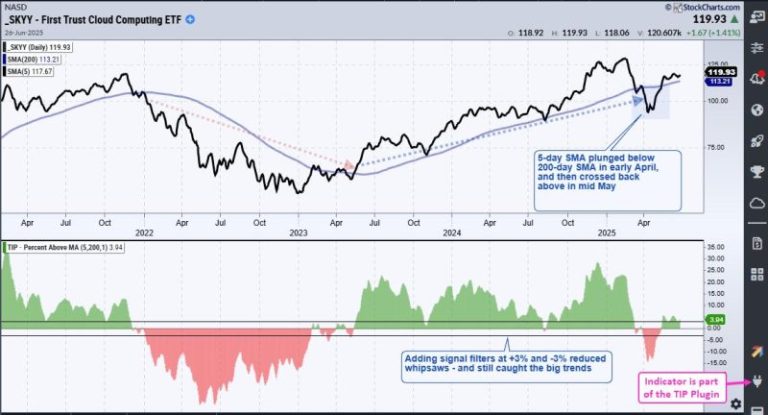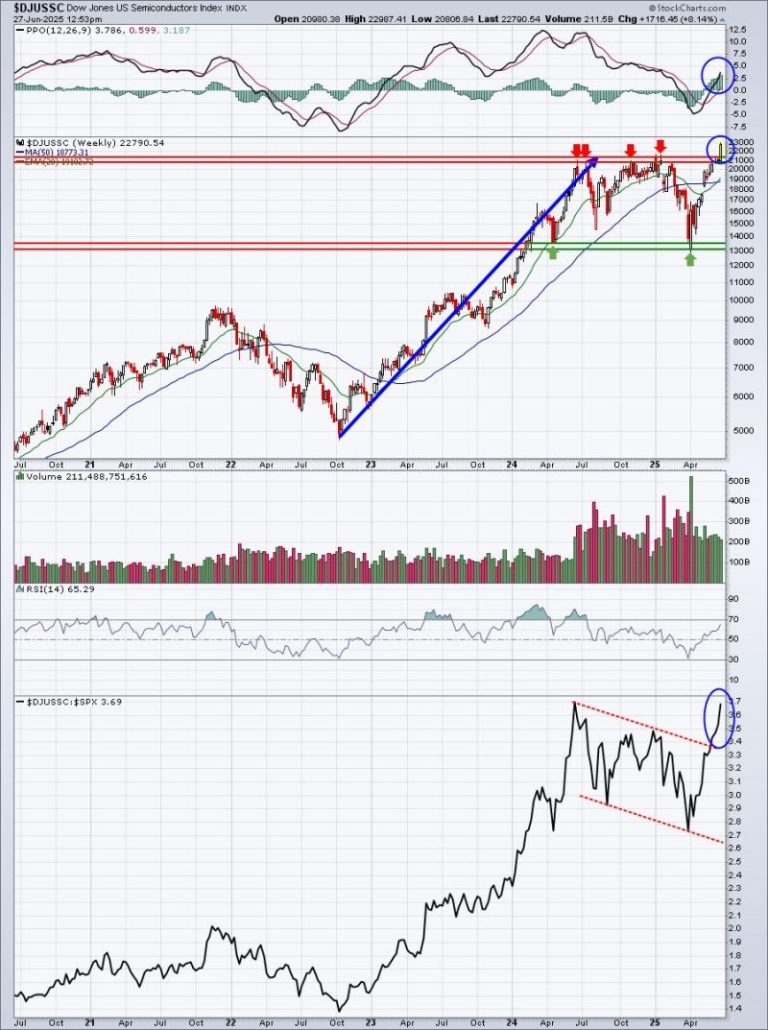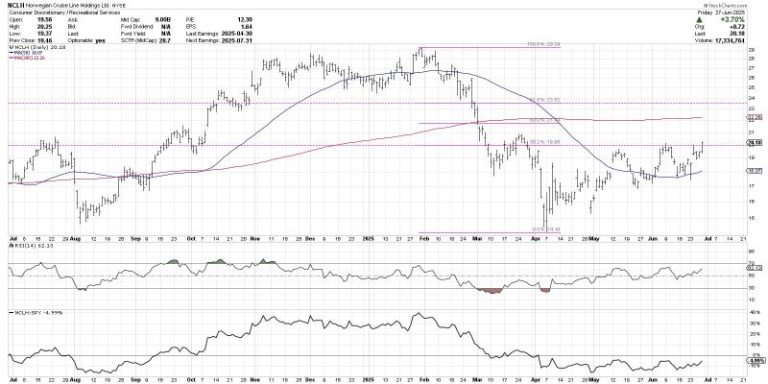Apple Thursday made changes to its App Store European policies, saying it believes the new rules will help the company avoid a fine of 500 million euro ($585 million) from the EU for violating the Digital Markets Act.
The new policies are a complicated system of fees and programs for app makers, with some developers now paying three separate fees for one download. Apple also is going to introduce a new set of rules for all app developers in Europe, which includes a fee called the “core technology commission” of 5% on all digital purchases made outside the App Store.
The changes Apple announced are not a complete departure from the company’s previous policy that drew the European Commission’s attention in the first place.
Apple said it did not want to make the changes but was forced to by the European Commission’s regulations, which threatened fines of up to 50 million euros per day. Apple said it believed its plan is in compliance with the DMA and that it will avoid fines.
“The European Commission is requiring Apple to make a series of additional changes to the App Store,” an Apple spokesperson said in a statement. “We disagree with this outcome and plan to appeal.”
A spokesperson for the European Commission did not say that Apple was no longer subject to the fine. He said in a statement that the EC is looking at Apple’s new terms to see if the company is in compliance.
“As part of this assessment the Commission considers it particularly important to obtain the views of market operators and interested third parties before deciding on next steps,” the spokesperson said in a statement.
The saga in Brussels is the latest example of Apple fiercely defending its App Store policies, a key source of profit for the iPhone maker through fees of between 15% and 30% on downloads through its App Store.
It also shows that Apple is continuing to claim it is owed a commission when iPhone apps link to websites for digital purchases overseas despite a recent court ruling that barred the practice in the U.S.
Under the Digital Markets Act, Apple was required to allow app developers more choices for how they distribute and promote their apps. In particular, developers are no longer prohibited from telling their users about cheaper alternatives to Apple’s App Store, a practice called “steering” by regulators.
In early 2024, Apple announced its changes, including a 50 cent fee on off-platform app downloads.
Critics, including Sweden’s Spotify, pushed back on Apple’s proposed changes, saying that the tech firm chose an approach that violated the spirit of the rules, and that its fees and commissions challenge the viability of the alternative billing system. The European Commission investigated for a year, and it said on Thursday that it would again seek feedback from Apple’s critics.
“From the beginning, Apple has been clear that they didn’t like the idea of abiding by the DMA,” Spotify said last year.
Epic Games CEO Tim Sweeney, whose company successfully changed Apple’s steering rules in the U.S. earlier this year, accused Apple of “malicious compliance” in its approach to the DMA.
“Apple’s new Digital Markets Act malicious compliance scheme is blatantly unlawful in both Europe and the United States and makes a mockery of fair competition in digital markets,” Sweeney posted on social media on Thursday. “Apps with competing payments are not only taxed but commercially crippled in the App Store.”
The European Commission announced the 500 million euro fine in April. The commission at the time said that the tech company might still be able to make changes to avoid the fine.
Apple’s restrictions on steering in the United States were tossed earlier this year, following a court order in the long-running Epic Games case. A judge in California found that Apple had purposely misled the court about its steering concessions in the United States and instructed it to immediately stop asking charging a fee or commission on for external downloads.
The order is currently in effect in the United States as it is being appealed and has already shifted the economics of app development. As a result, companies like Amazon and Spotify in the U.S. can direct customers to their own websites and avoid Apple’s 15% to 30% commission.
In the U.S., Amazon’s iPhone Kindle app now shows an orange “Get Book” button that links to Amazon.com.










